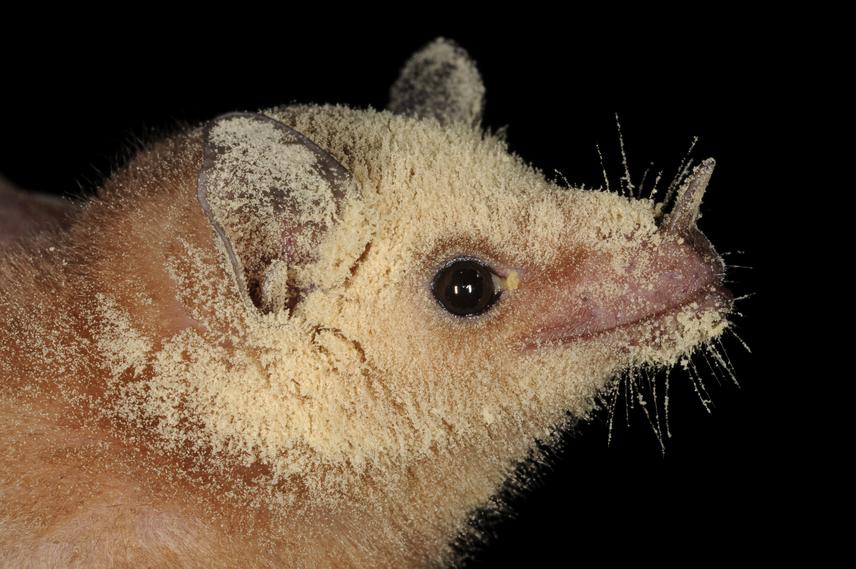Luis Roberto Víquez Rodríguez
My project is to determine the effect of Leptonycteris yerbabuenae large scale migration and the drastic diet change during the annual cycle on its gastrointestinal microbiome composition and diversity.

© Marco Tschapka
The microbiome can be defined as the commensal, symbiotic and pathogenic bacterial community living within an organism. Recent advances in molecular biology provide clear evidence that the microbiome and the immune system of an animal are closely related. The immune system protects the body from disease by controlling the intestinal microbiome, and at the same time, these bacteria affect how the body reacts to its environment and to other bacteria and pathogens.
The microbiome represents the first line of defence of an animal´s immune system. By characterizing the different bacterial groups, it is possible to assess the physiological functions of this internal biome. Migratory animals have an array of bacteria that regulate their physiology. Studying changes in their immune system is key to better understanding how migration affects the bats’ immune system. My project aims to identify the microbiota within the lesser long nosed bat and its changes along migration. This project will contribute to better protect the species and is part of a larger conservation effort to understand different aspect of the ecology of this bat.
Our research will answer key questions about the differences in diet between migratory and resident populations. This will be relevant to facilitate connectivity of populations as one might depend on the other for its long-term survival. Rapid changes in their habitat may be catastrophic if genetic flow I not maintained.
Ultimately, this information will be relevant for the management of unique populations and to design conservation strategies that protect this species in the most appropriate way.